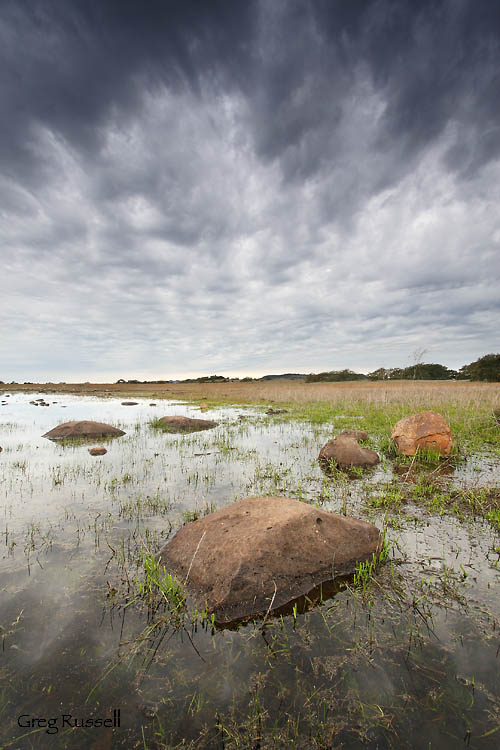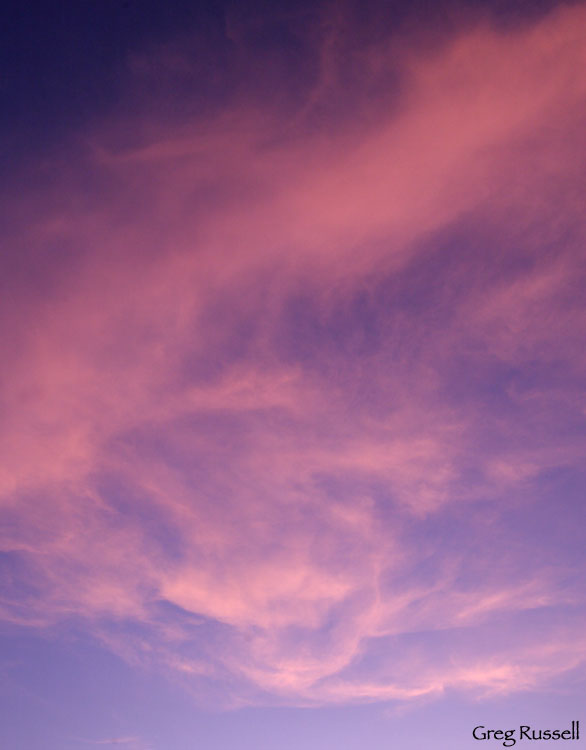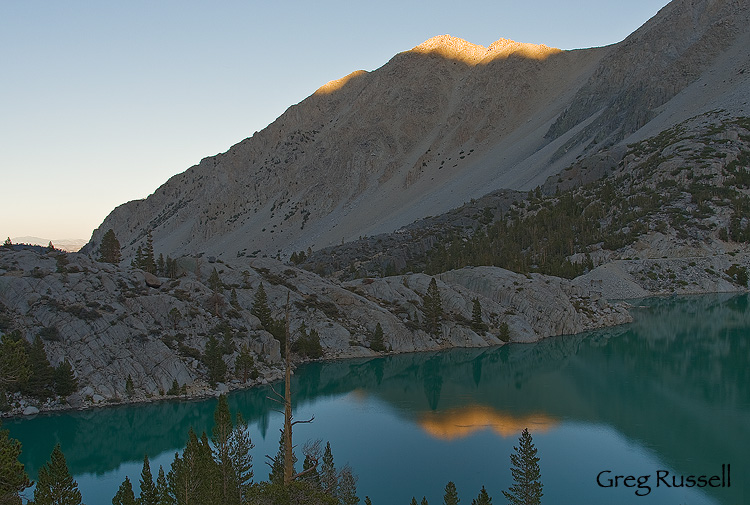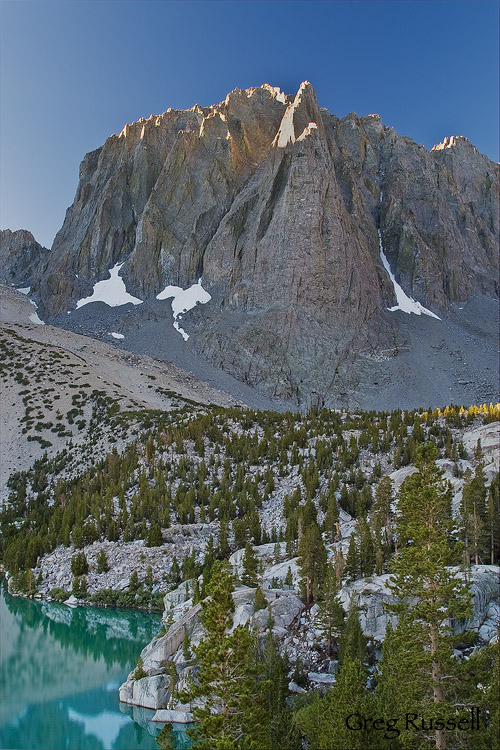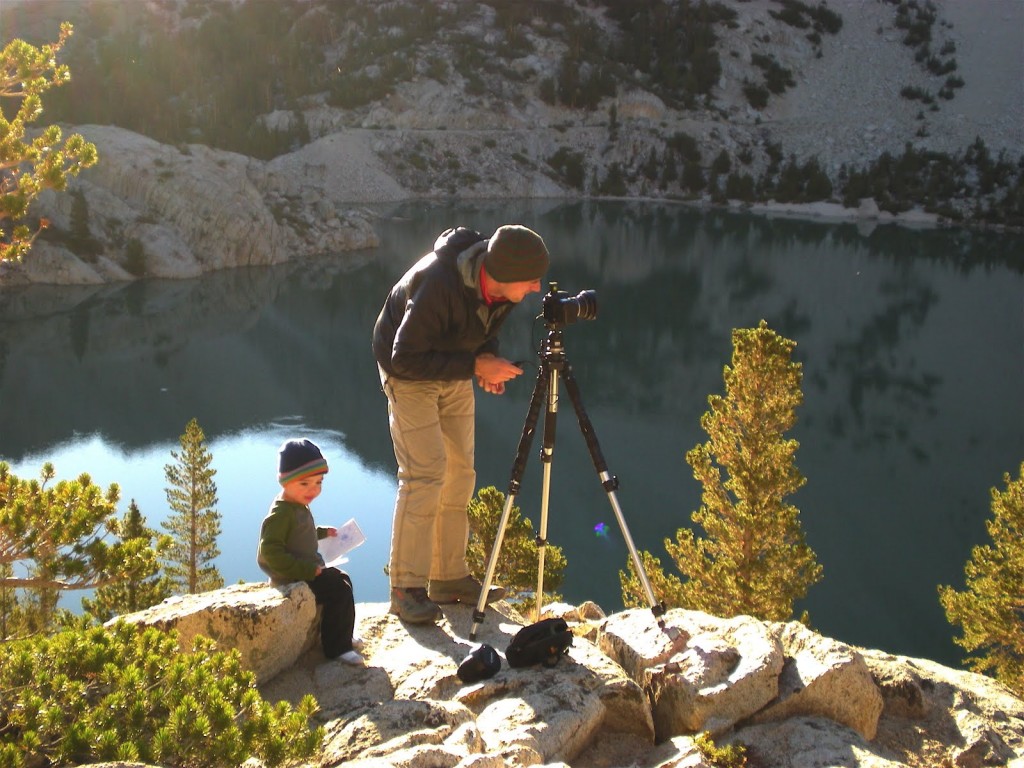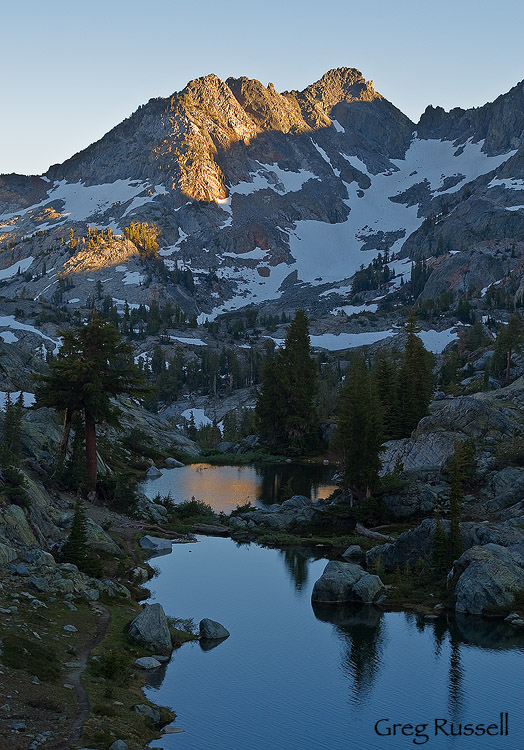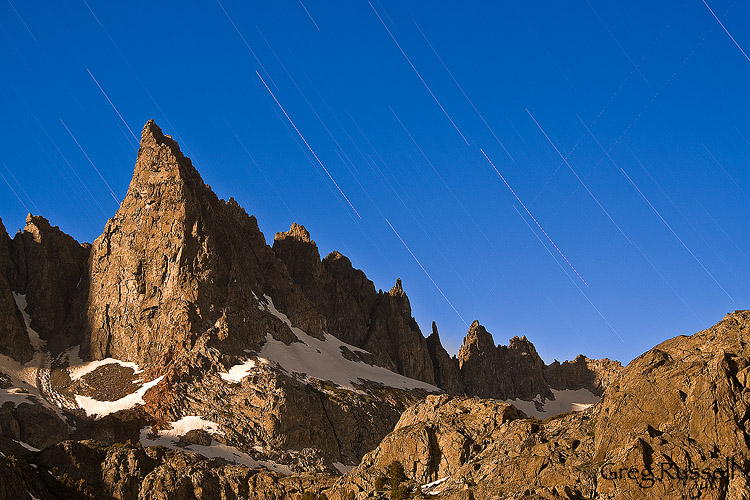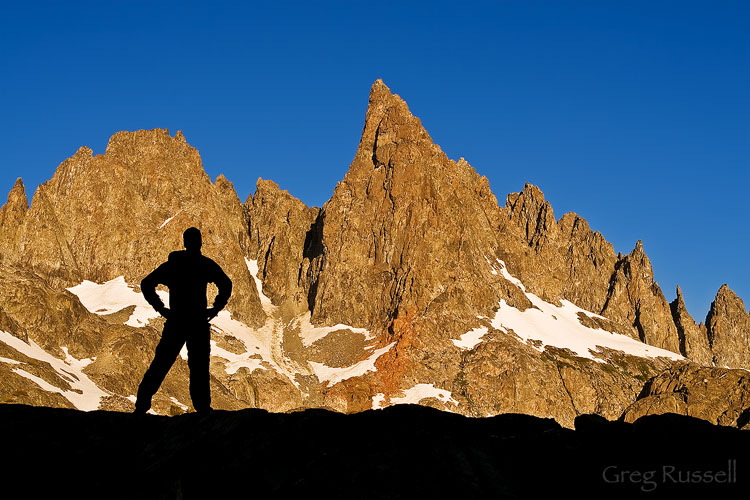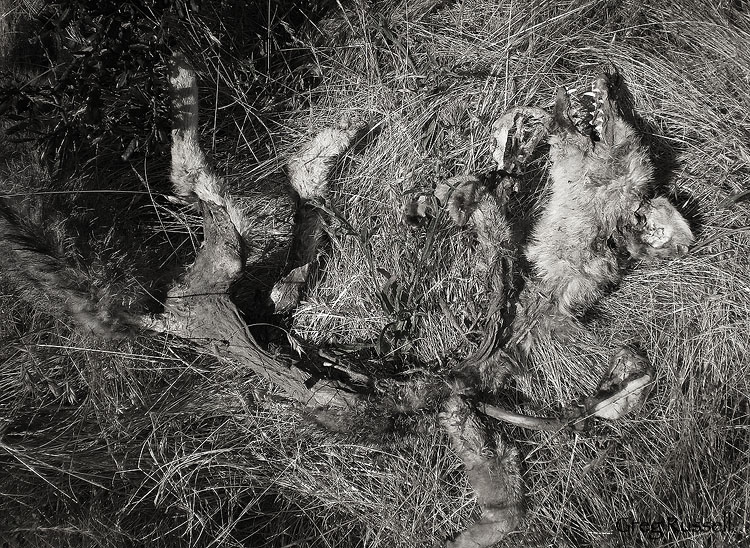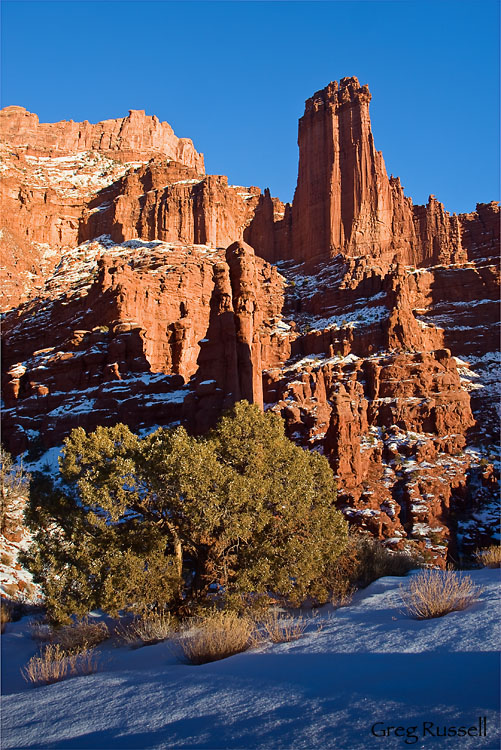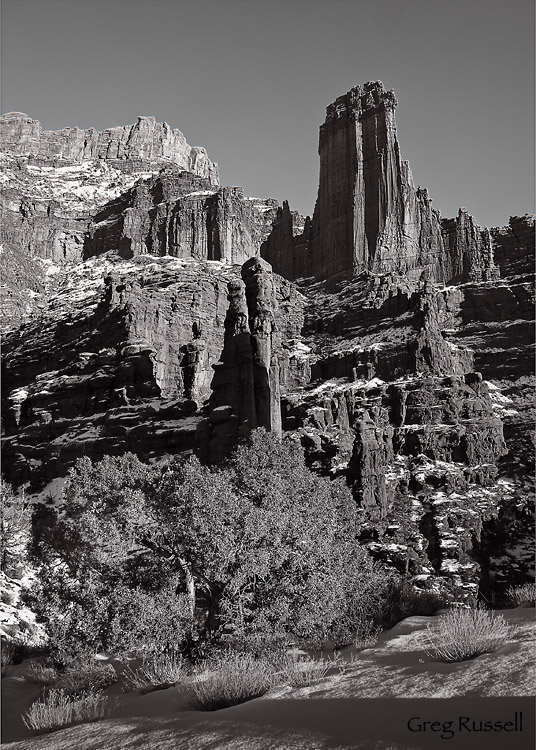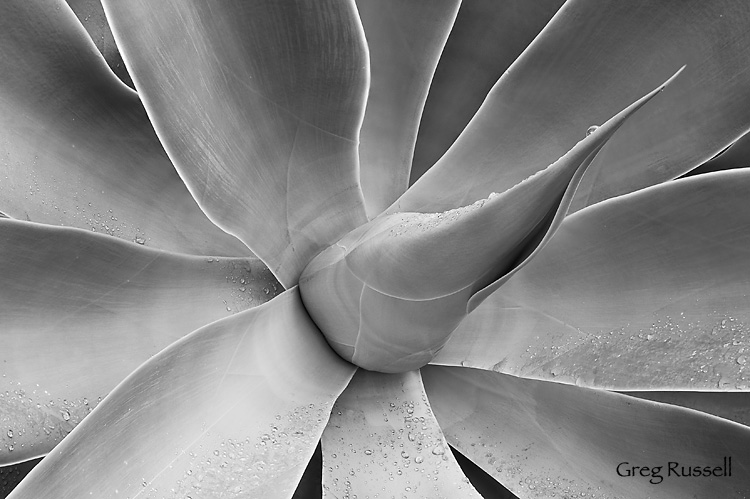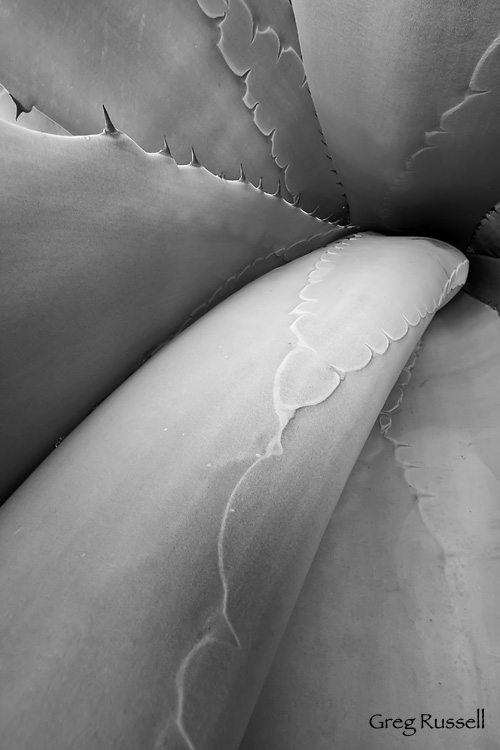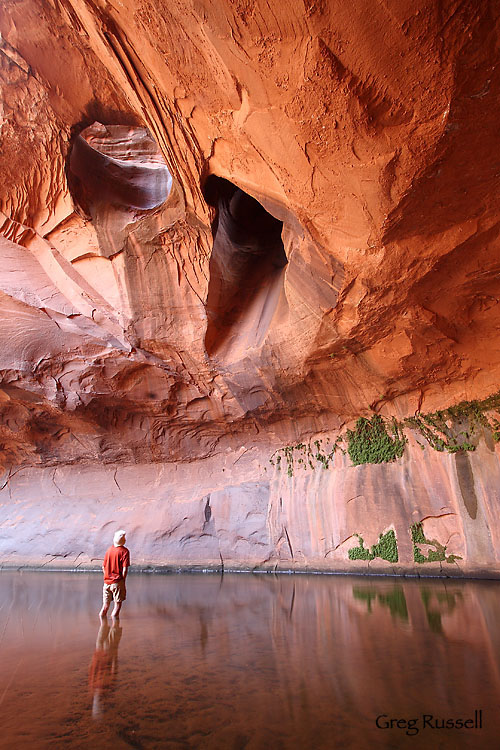“In the first place you can’t see anything from a car; you’ve got to get out of the goddamned contraption and walk, better yet crawl, on hands and knees, over the sandstone and through the thornbush and cactus. When traces of blood begin to mark your trail you’ll see something, maybe.” –Edward Abbey
In my free time lately, I’ve been rereading Edward Abbey’s Desert Solitaire; if you haven’t read it, you should. In going back through the book, I realize how Abbey looks at the whole landscape, not just the pretty view in front of him, but at every burr, thistle and spine. He mastered the art of bringing the intimate landscape to life through his writing.
This weekend, while the hordes descended upon the “big show” of autumn color in the eastern Sierra Nevada, I stayed close to home by visiting a local aspen grove in the San Gorgonio Wilderness near Big Bear City. To my knowledge this is the only aspen grove in southern California, and it brought a much needed respite to continued summer-like weather in the lower elevations.
We arrived early in the morning to a shaded canyon and very cool temperatures. Walking down the trail to the grove, I could see the familiar golden glow Populus tremuloides ahead–a glow that brings memories of autumns in the mountains of southern Colorado back to the forefront of my brain.
Arriving at the grove, I took a breath of the sweet, familiar air present in an autumnal aspen grove and felt the cold bark of the trees. “Yes, indeed, I needed this!” I thought, smiling.
The grove in the San Bernardino Mountains isn’t large, and because of the relatively low elevation (7500′) and–I suspect–the latitude, the trees hadn’t fully turned yet. As a result, I chose to focus on the unseen aspects of the grove: the fallen leaves, and the trunks of these gorgeous trees.
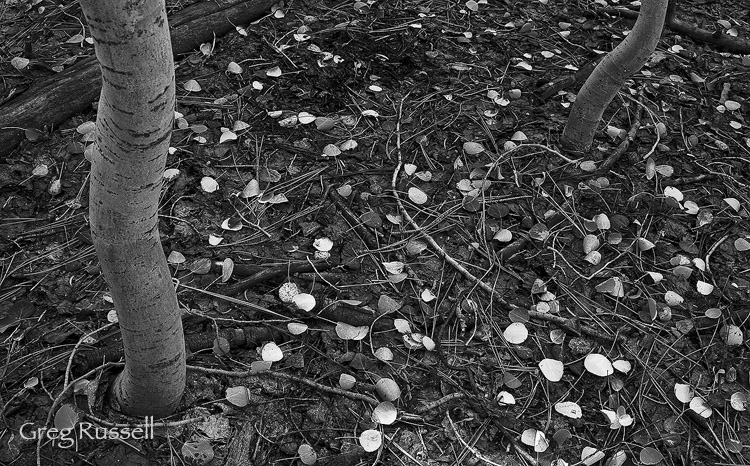
Aspen Grove I, October 2010
Black and white seemed to suit these images well as there weren’t enough fallen leaves to really make the forest floor light up. Converting to black and white made the paucity of leaves really jump out.

Aspen Grove II, October 2010
While I didn’t come away with the striking, colorful, images people usually associate with aspens, I take some solace in knowing that I found some intimate landscapes that Edward Abbey may have written about. Indeed, this grove warrants many, many more visits.
Incidentally, David Leland Hyde (The Landscape Photography Blogger) also blogged about Edward Abbey this week. Take a few minutes and check it out; its a fantastic blog and you won’t regret it!

